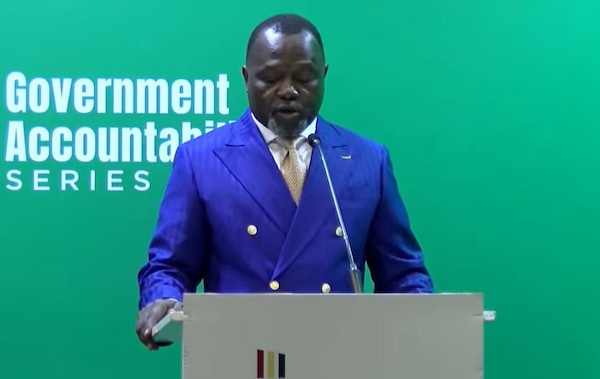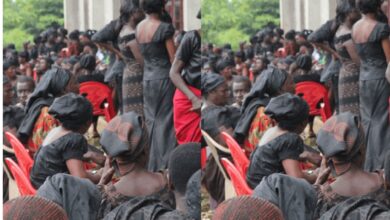Ken Ofori-Atta’s case beyond us now – AG

Ken Ofori-Atta and Ernest Darko Akore are now the subject of a completed extradition request submitted by the Government of Ghana to authorities in the United States, Attorney-General and Minister for Justice, Dr. Dominic Ayine, has disclosed.
Speaking at a press briefing on Thursday, December 10, 2025, Dr. Ayine said his office has transmitted the full extradition package through the Ministry of Foreign Affairs to the US Department of Justice for assessment.
“At this point, it is left to the American authorities, especially the judicial authorities, to determine whether a sufficient basis exists for the two accused persons to be extradited to Ghana to stand trial,” he stated.
Ofori-Atta was named a suspect by the Office of the Special Prosecutor (OSP) in January 2025 over multiple corruption-related investigations, including alleged irregularities involving Strategic Mobilisation Ghana Limited (SML), the National Cathedral project, and matters linked to health and tax refund operations.
He was declared a fugitive from justice in February after failing to return to Ghana and has remained in the United States since.
The Attorney-General said the cases were filed by the OSP, limiting his ability to discuss specific allegations. He urged the public to rely on the charge sheet, which he said is publicly available.
“There are 78 charges against Honourable Ken Ofori-Atta and his accomplices, which border on causing financial loss to the state and using public office for private benefit,” Ayine added.
The extradition request now awaits a determination by US judicial authorities on whether the two accused will be returned to Ghana to face trial.
The post Ken Ofori-Atta’s case beyond us now – AG appeared first on MyNewsGh.





